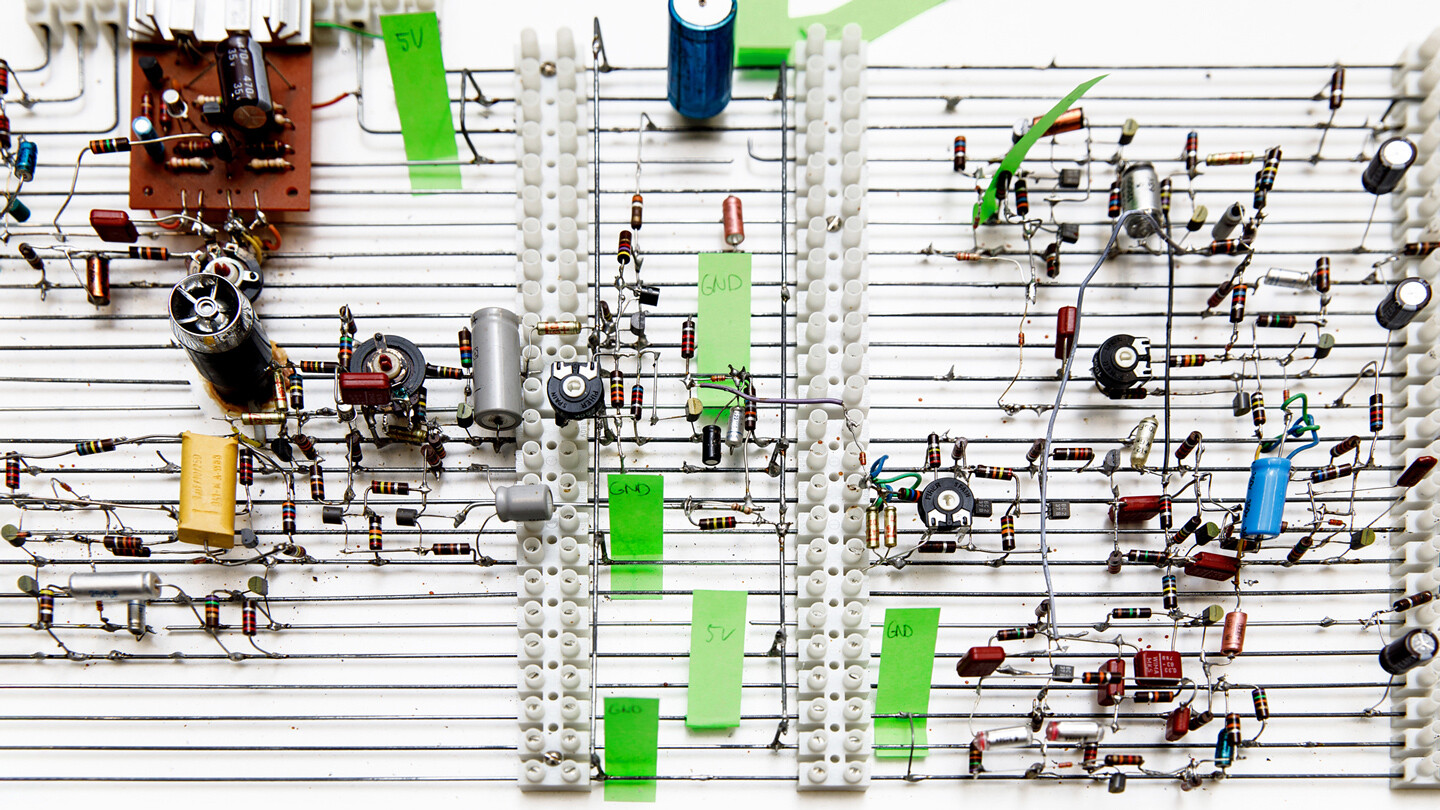October 7–8, 2022, 10am
The material culture of the electrified and digitized 20th and 21st centuries is fragile. Neither electronic components nor software are made to last forever. This also affects works of art that use electronic and digital technologies. Museums are supposed to preserve them for future generations, but many works are already at risk of being lost forever. What are the greatest challenges of preserving media art? What are the urgent needs for action? This symposium provides you with insight into the status quo of electronic arts conservation and offers you the opportunity to discuss possible future scenarios with international experts.
Since the 1960s, it has become more and more common for artists to use electronic and digital technologies. The then so-called “new media” pointed to the future, so their rapid obsolescence was not an issue for a long time. But now the question of the methods and necessary resources for preserving electronic and digital works is becoming ever more acute for a number of reasons.
Electronic artworks created since the 1960s have now reached a technically critical age. This applies to video art as well as computer-based works. Videotapes are decaying, and most video art installations will no longer be exhibitable in about 20 years’ time, because the production of cathode ray tube monitors ceased worldwide about 10 years ago. Spare parts are no longer available, and time to transfer existing expertise is running out.
Digital art is also at risk, as public and private collections lack the necessary expertise in handling hardware and software, and the artists themselves often do not have the resources to preserve the works. The fact that hardly any works of digital art are acquired for collections has long-term consequences for the cultural representation of a society characterized by digital media.
The challenges presented by electronic and digital culture have been met for several years by a number of specialized conservators and scholars who are continuously developing new tools and methods. The symposium invites you to gain insight into their latest research projects, educational programs, as well as into the institutional conditions for the restoration of electronic works. Where is there an urgent need for action in terms of research? What about the training of conservators? What change of perspective in the institutions and what long-term strategies in cultural policy are necessary to ensure that electronic and digital works of art can be preserved for future generations?
Speakers
Elisa Carl and Jee-Hae Kim, Hamburger Bahnhof, Berlin; Christian Draheim and Jochen Saueracker, Colorvac, CRT Lab, ZKM | Karlsruhe / Kristof Efferenn, Museum Ludwig, Cologne; Tom Ensom and Jack McConchie, Tate London; Patricia Falcao, Tate London; Martina Haidvogl, Bern University of Applied Sciences, Bern University of the Arts; Inge Hinterwaldner, KIT – Karlsruhe Institute of Technology; Alex Michaan, Atelier SONAR, Université de Saint-Etienne; Dorcas Müller, Laboratory for Antique Video Systems, ZKM | Karlsruhe; Arnaud Obermann, Staatsgalerie Stuttgart; Joanna Phillips and Lan Linh Merli-Nguyen Hoai, Düsseldorf Conservation Center; Morgane Stricot, Matthieu Vlaminck, ZKM | Karlsruhe; Nadja Wallaszkovits, KNMDI, Stuttgart State Academy of Art and Design (ABK Stuttgart); Andreas Weisser, Preservation as a Service, Doerner Institut
The conference is organized by Margit Rosen and Morgane Stricot, ZKM | Karlsruhe.
The working language of the symposium is English.
The complete program is available here.
Free of charge and open to the public.
Please register to attend: registration-wissen [at] zkm.de



